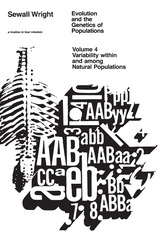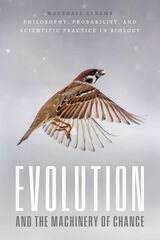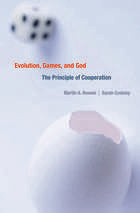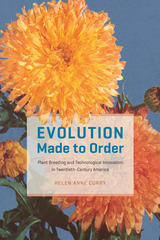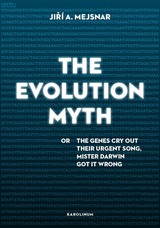The Inner Court of Communist China: Elites and Their Bureaucratic Institutions in an Authoritarian System (1921-2022)
Amsterdam University Press, 2025
Cloth: 978-90-485-6241-1 | eISBN: 978-90-485-6242-8 (PDF)
See other books on: 20th Century | China | Communist China | Elites | Political Ideologies
See other titles from Amsterdam University Press
Cloth: 978-90-485-6241-1 | eISBN: 978-90-485-6242-8 (PDF)
ABOUT THIS BOOK | AUTHOR BIOGRAPHY | TOC
ABOUT THIS BOOK
This book discusses the mishu (staff member, secretary) system and the operation of the Chinese Communist Party between 1921 and 2022, focusing on the system’s impact on high-level politics and decision-making during four key periods. Starting with the Revolutionary War (1921–1945), it moves to the founding of the People’s Republic of China and the beginning of the Cultural Revolution (1950–1966), the period of the Cultural Revolution (1966–1976), and finally the period of reform and opening up, bringing the history to the present day (1976–2022). This is the first systematic analysis of the mishu system, offering new insights on the history of the CCP and modern China.
See other books on: 20th Century | China | Communist China | Elites | Political Ideologies
See other titles from Amsterdam University Press

